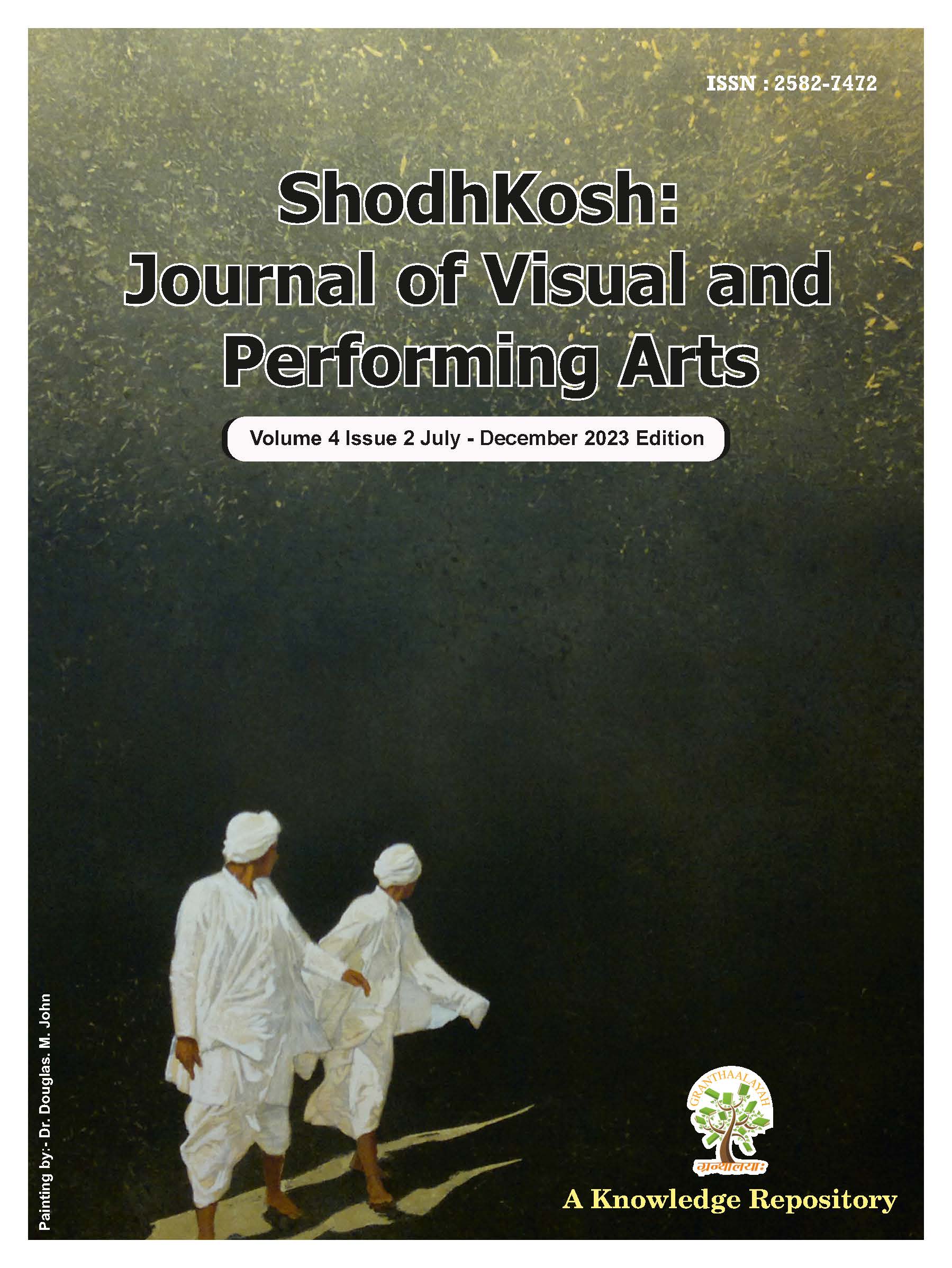THE STATUS OF SOCIAL COMPETENCE OF SECONDARY SCHOOL STUDENTS IN NAGAON AND KAMRUP (METRO) DISTRICT OF ASSAM
DOI:
https://doi.org/10.29121/shodhkosh.v4.i2.2023.5599Keywords:
Social Competence, Secondary School Students, Social RelationsAbstract [English]
Social competence is a crucial component of contemporary society. The degree to which an individual has developed the depth and strength of social competence necessary for his self-actualization, development, and growth determines how successful he will be in society. In the present study an attempt was made to find out the status of Social Competence of Secondary School students in Nagaon and Kamrup (Metro) District of Assam. The Social competence tool developed by V.P.Sharma, Prabha Shukla & Kiran Shukla was used in the study. The results revealed that no significant difference was found between Nagaon and Kamrup (Metro) district of Assam in relation to the social competence of students. However, small differences were found in the mean scores of the students, it is not large enough to be considered statistically significant. It may be due to random chance.
References
Amandeep, (2016). Social competence of adolescents in relation to emotional intelligence, perceived parenting styles and socio-economic status. [Doctoral thesis, Panjab University], Chandigarh. https://shodhganga.inflibnet.ac.in/bitstream/10603/346273/1/01_title.pdf
Anthony, L. G., Anthony, B. J., Glanville, D. N., Naiman, D. Q., Waanders, C., Shaffer, S. (2005). The relationships between parenting stress, parenting behavior and preschoolers’ social competence and behavior problems in the classroom. Infant and Child Development. 14 (2). 133 - 154. https://doi: 10.1002/icd.385. DOI: https://doi.org/10.1002/icd.385
Bates, L., Luster, T., & Vandenbelt, M. (2003). Factors related to social competence in elementary school among children of adolescent mothers. Social Development, 12(1), 107-124. https://doi:10.1111/1467-9507.00224 DOI: https://doi.org/10.1111/1467-9507.00224
Bhat, A. N. (2014). A study of the impact of home environment on psychosocial competence resilience and vocational aspiration of adolescents. [Doctoral thesis, Karnataka University]. Retrieved from https://shodhganga.inflibnet.ac.in/handle/10603/21661
Garmezy, N. (1991. Resiliency and vulnerability to adverse developmental outcomes associated with poverty. American Journal of Behavioral Science, 34, 416-430. https://doi.org/10.1177/0272431690103005 DOI: https://doi.org/10.1177/0002764291034004003
Goldfriend, M.R. and D’Zurilla, T.J. (1963). A behavioural analytical model for assessing competence. In, Current topicsin clinical and community psychology. Ed. C.S. Speilberger, Vol. 1, New York: Academic Press.
Hair, E. C., Jager, J., & Garrett, S. (2001). Background for community-level work on social competency in adolescence: Reviewing the Literature on Contributing Factors. Washington, DC: Child Trends. https://cms.childtrends.org/wp-content/uploads/2013/05/Background-for-community-level-work-on-social.pdf DOI: https://doi.org/10.1037/e316622004-001
Hurlock, E.B. (1974). Personality Development. New York: McGraw-Hill Pub.
Kurian, S., & Prakasha, G. S. (2016). Social competence for next generation secondary school students. Journal of Research & Method in Education, 6(1), 47-52. https://doi: 10.9790/7388-06114752
Kaur, H. (2018). Social Competence among Adolescents in relation to their Emotional Maturity, International Journal of Advanced Scientific Research and Management, 3(2). ISSN 2455-6378 pp. 5-9. Retrieved from http://ijasrm.com/wpcontent/uploads/2018/02/IJASRM_V2S9_329_5_ 9.pdf
Lund, J., & Merrell, K.W. (2001). Social and antisocial behavior of children with learning and behavioral disorders: Construct validity of the home and community social behavior scales. Journal of Psycho Educational Assessment, 19, 112-122. https://doi:10.1177/073428290101900201 DOI: https://doi.org/10.1177/073428290101900201
Rani, P. (2010). Social competence of vocational stream students in relation to their family relationship emotional maturity and academic achievement. Panjab University, Chandigarh. https://shodhganga.inflibnet.ac.in/handle/10603/82897#
Sanwal,S.(2013)Comparative study on Social Competence in Adolescents, International Journal on Recent and Innovation Trends in Computing and Communication,1(12),905-907, ISSN: 2321-8169.
Sharma, V.P., Shukla, P., & Shukla, K. (1992, Revised 2013). Manual for social competence (SCS). Agra: National Psychological Corporation, Agra
Shweta. (2010). Role of temperament, parenting styles, parenting stress in social competence and subjective well being among children [Doctoral thesis, Punjabi University]. Patiala. http://hdl.handle.net/10603/2883
Smart, D., & Sanson, A. (2003). Social competence in young adulthood, its nature & antecedents. Family Matters. 64. 4-9. https://search.informit.org/doi/pdf/10.3316/informit.762969367047154
Syiem, I. & Lapdianghun, N. (2014). Social Competence of Secondary School Students in Shillong Town. International Journal of Interdisciplinary and Multidisciplinary Studies. 1, (6), 268-271.
Downloads
Published
How to Cite
Issue
Section
License
Copyright (c) 2023 Tarali Devi, Dr. Minati Choudhury

This work is licensed under a Creative Commons Attribution 4.0 International License.
With the licence CC-BY, authors retain the copyright, allowing anyone to download, reuse, re-print, modify, distribute, and/or copy their contribution. The work must be properly attributed to its author.
It is not necessary to ask for further permission from the author or journal board.
This journal provides immediate open access to its content on the principle that making research freely available to the public supports a greater global exchange of knowledge.































